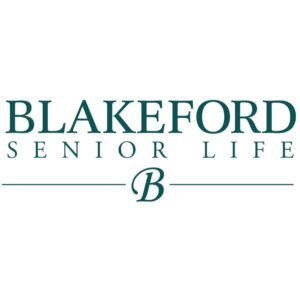Great (CCRC) expectations
All hail, consumer demand. These days, senior living companies do plenty of research before they consider expanding into a new market location. They evaluate the potential real estate, dig into the local competition and gaze into the crystal ball of future bed census. They analyze their current customer satisfaction surveys, examine their service lines and conduct community focus groups to discover what today’s older adults want—and expect—in a senior living environment.
Perhaps no consumer expectations are higher than those associated with continuing care retirement communities (CCRCs). Fine dining and bistros instead of cafeterias. Jogging trails, swimming pools, golf and spas for now; with high-quality skilled care handy for later. A range of possible accommodations—bigger and better than in previous decades—and all with WiFi, please. Various contract choices and fee structures—all negotiable, of course.
In short, the perfect CCRC.
Build it, and they will come. Lately, companies have been building acres of them—everywhere. I just hope they’ve done the math right.
John Locke and Adam Smith may be the best known fathers of microeconomics, but scholars have been talking about the balance between supply and demand since at least the 14th century.
Building the supply in anticipation of the demand is both business savvy and risky. Using its Paul Revere voice, the long-term care industry has been saying for years, “The boomers are coming, the boomers are coming.” But no one could have predicted that the economic downturn of the past three years—preventing many seniors from selling their houses to gain the money for the entry fee—would keep so many people from their intended move to a CCRC.
CCRCs old and new are beginning to feel the pain of the long drought, forcing some to seek protection from creditors to keep their doors open.
The Sears Methodist Retirement System, including eight senior living communities in Texas, filed for Chapter 11 bankruptcy protection in June after struggling to reorder its finances. At least four of its CCRC sites opened or were significantly expanded in the past three years.
High-end CCRCs, such as the four-year-old Amsterdam at Harborside on New York’s Long Island, are having an even more difficult time. The CCRC, which has entry fees ranging from $550,000 to $1.4 million, filed for Chapter 11 bankruptcy protection in July while it restructures nearly $220 million in debt.
The unexpected turn of economic events also has prompted CCRCs to experiment with new pricing models and alternatives to the hefty entry fees—usually $50,000 to $100,000—traditionally required to secure the guarantee of healthcare and services over time.
River Terrace Estates, a 10-year-old CCRC in Bluffton, Ind., filed for Chapter 11 bankruptcy protection in July and plans to test a new pricing model that would provide discounted entry fees to healthy adults, hoping to entice more residents to the community.
Meanwhile, some CCRCs are embracing the “some money is better than no money” concept by using the rental model and skipping the hefty entry fee altogether, hoping to draw younger, healthier adults. The Cardinal at North Hills, currently under construction in Raleigh, N.C., plans to use a monthly fee tiered to the type of housing option, without requiring a five- to six-digit entry fee or the purchase of an equity interest.
The above examples are all from the past two months, but financial trouble rarely happens overnight. It’s more important than ever for CCRCs to plan finances carefully—including taking a long, hard look at how residents’ entry fees are being used or escrowed—to ensure the community’s financial stability in the long run.

Pamela Tabar was editor-in-chief of I Advance Senior Care from 2013-2018. She has worked as a writer and editor for healthcare business media since 1998, including as News Editor of Healthcare Informatics. She has a master’s degree in journalism from Kent State University and a master’s degree in English from the University of York, England.
Related Articles
Topics: Executive Leadership , Finance











